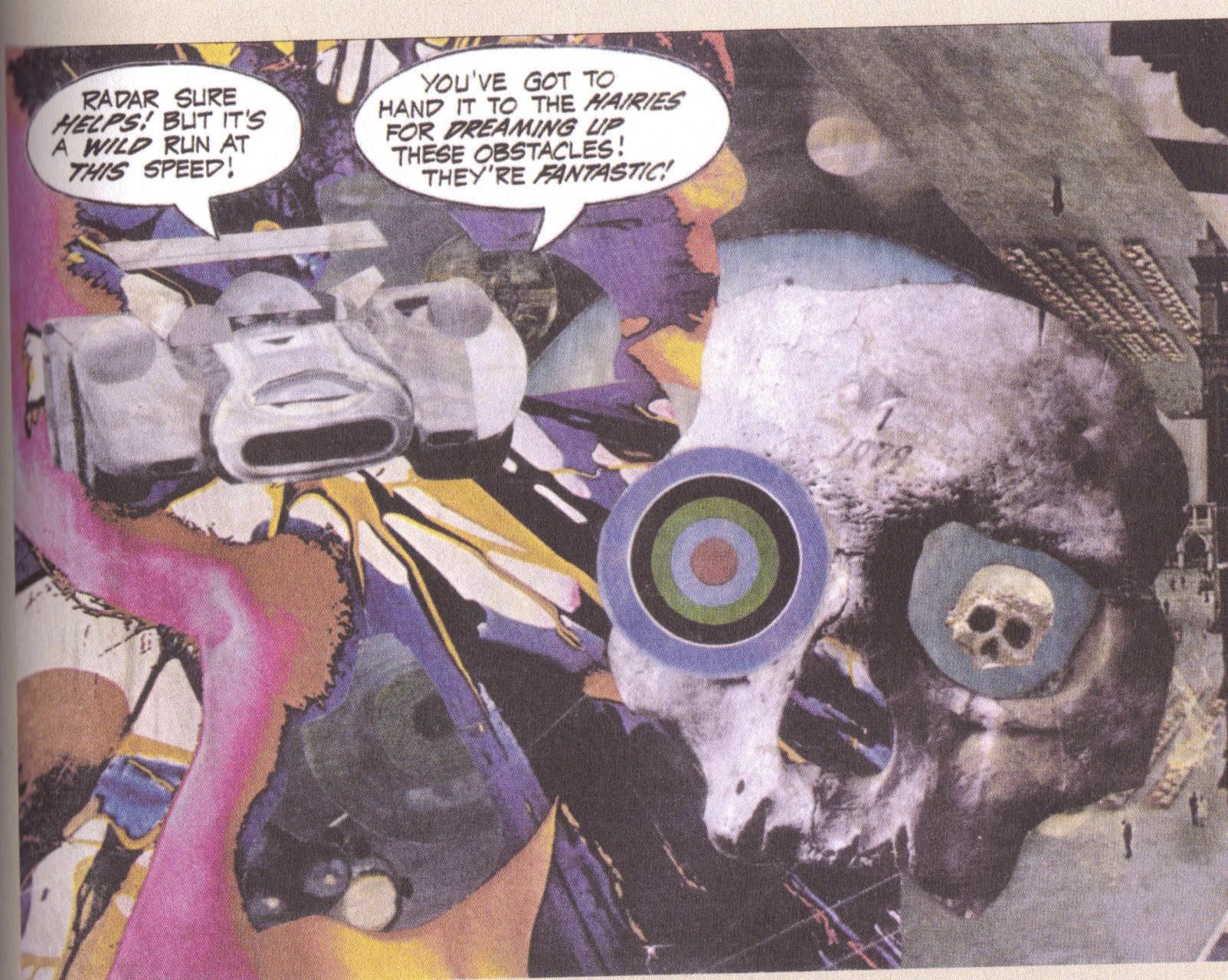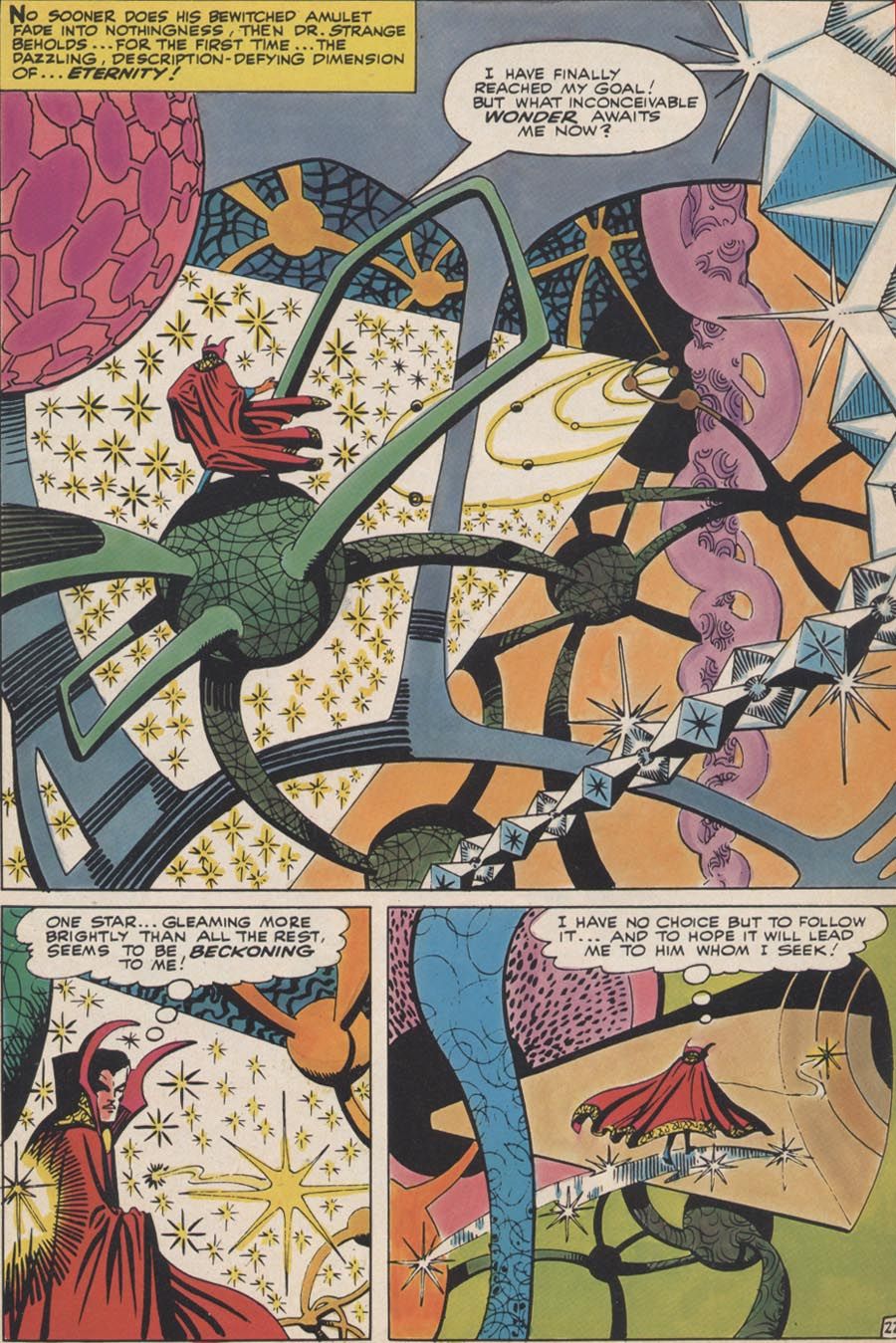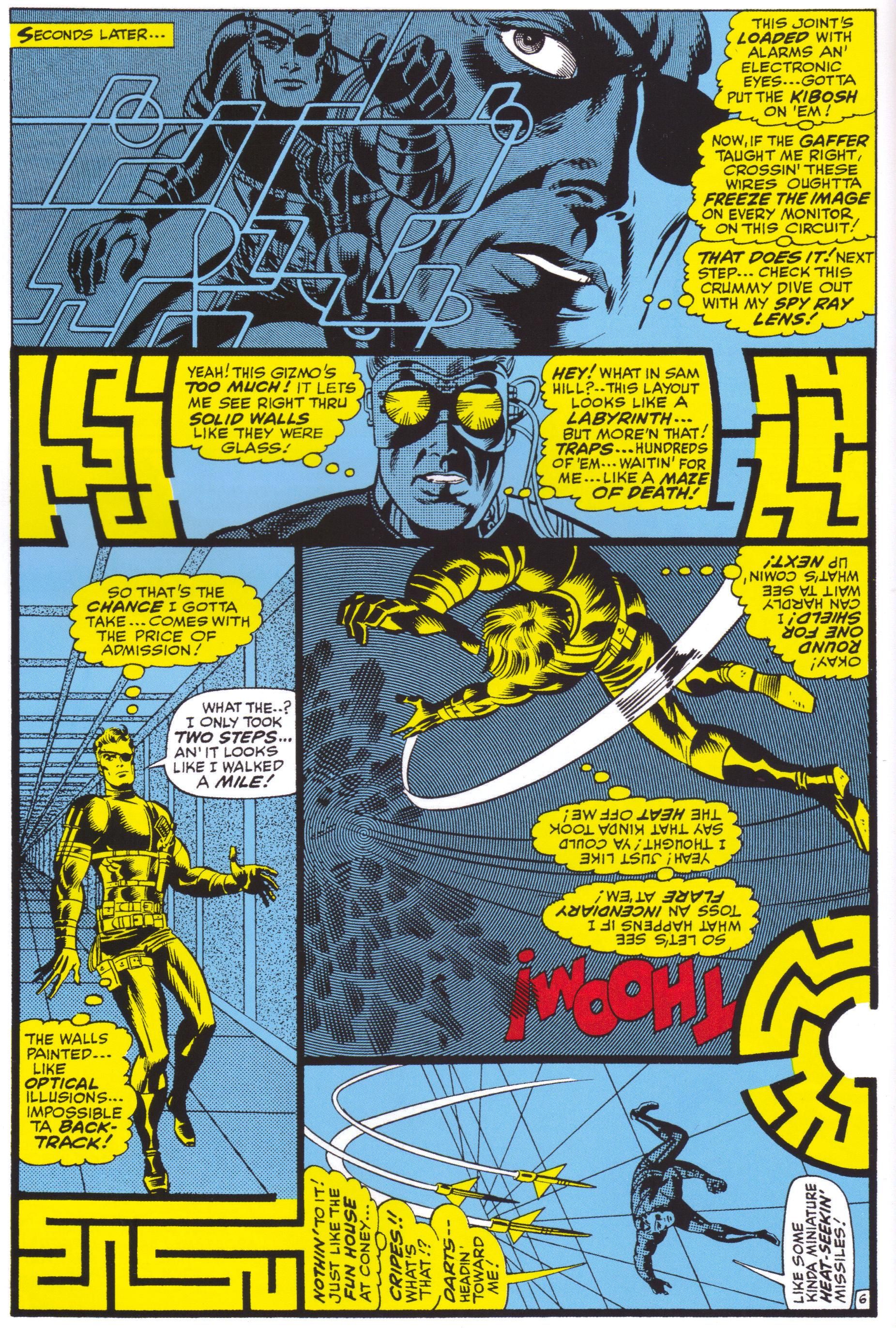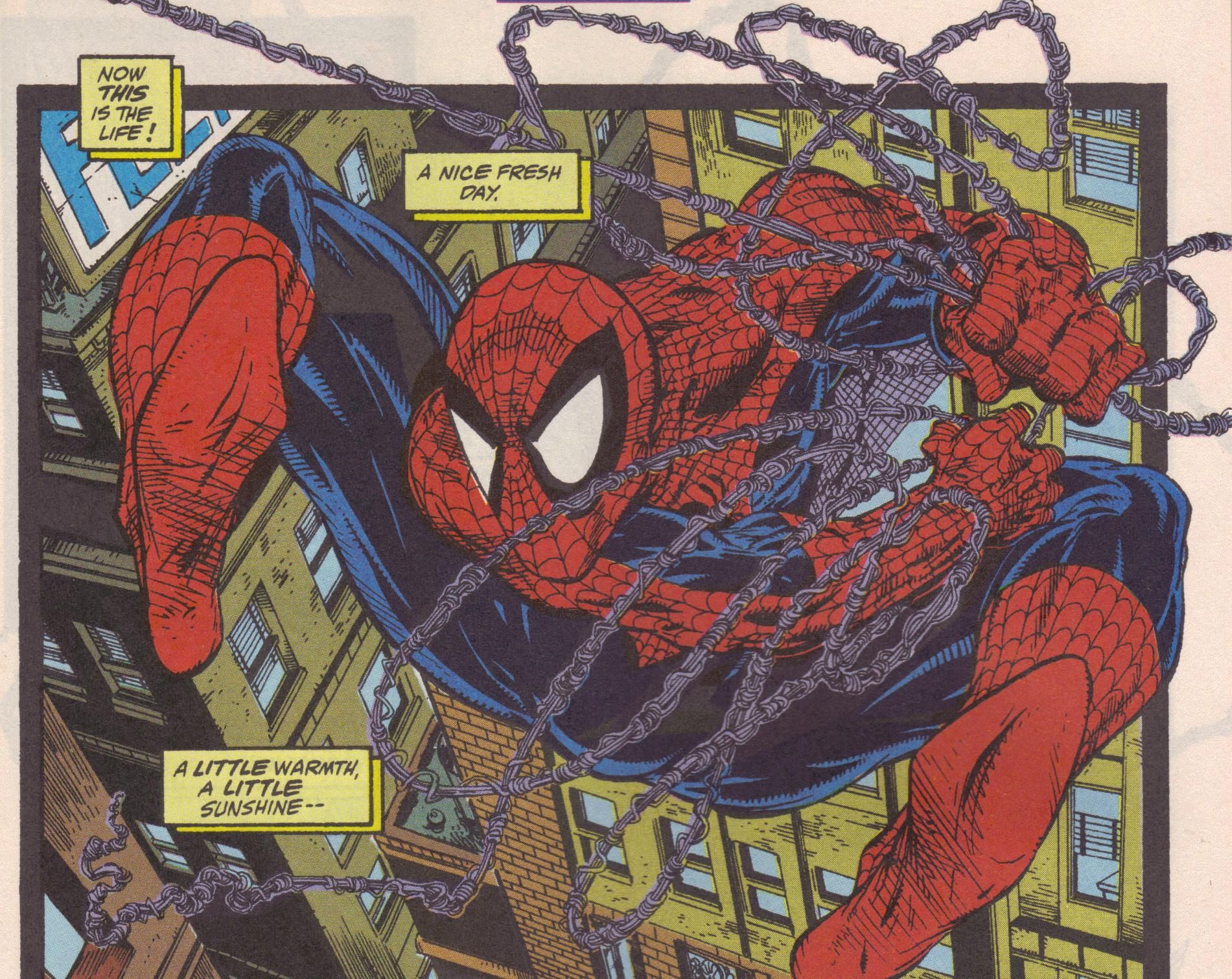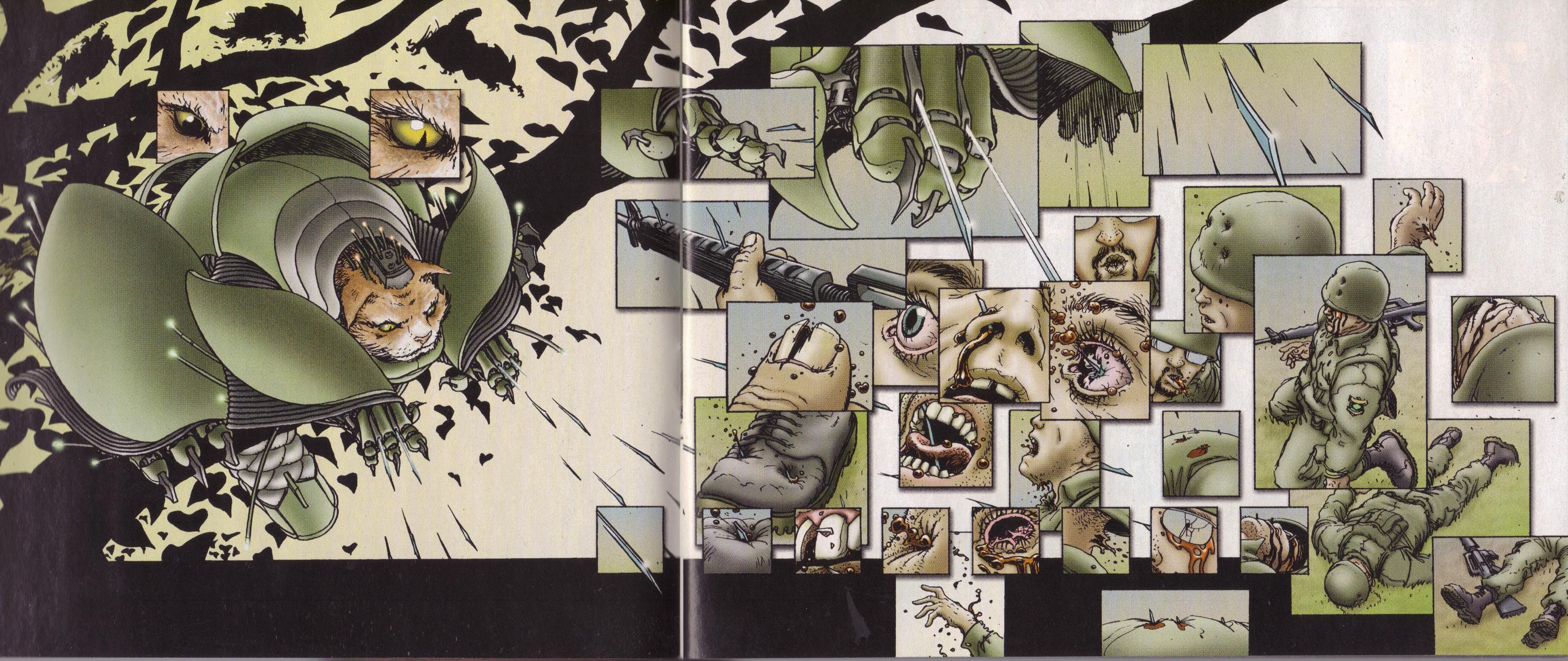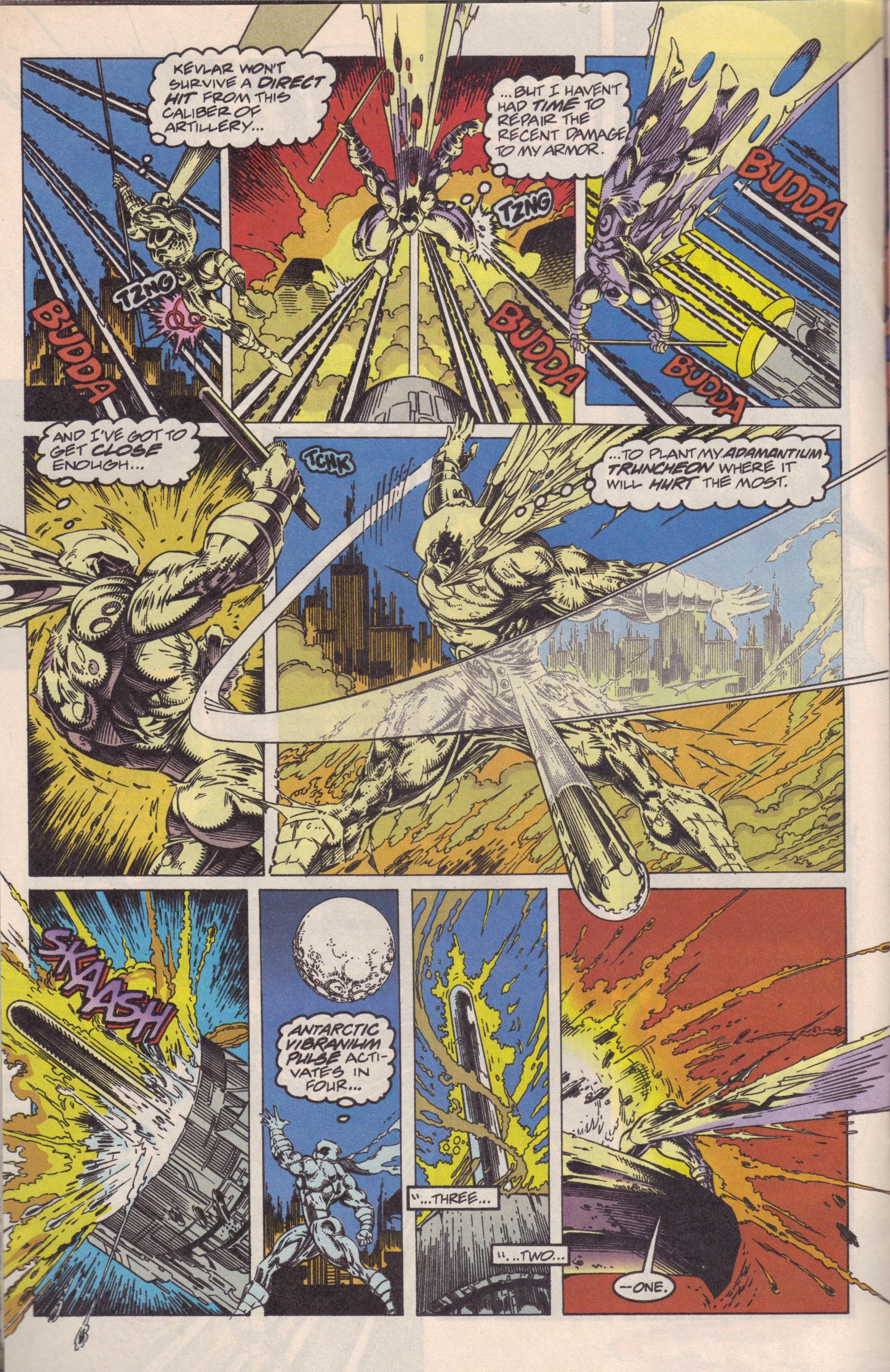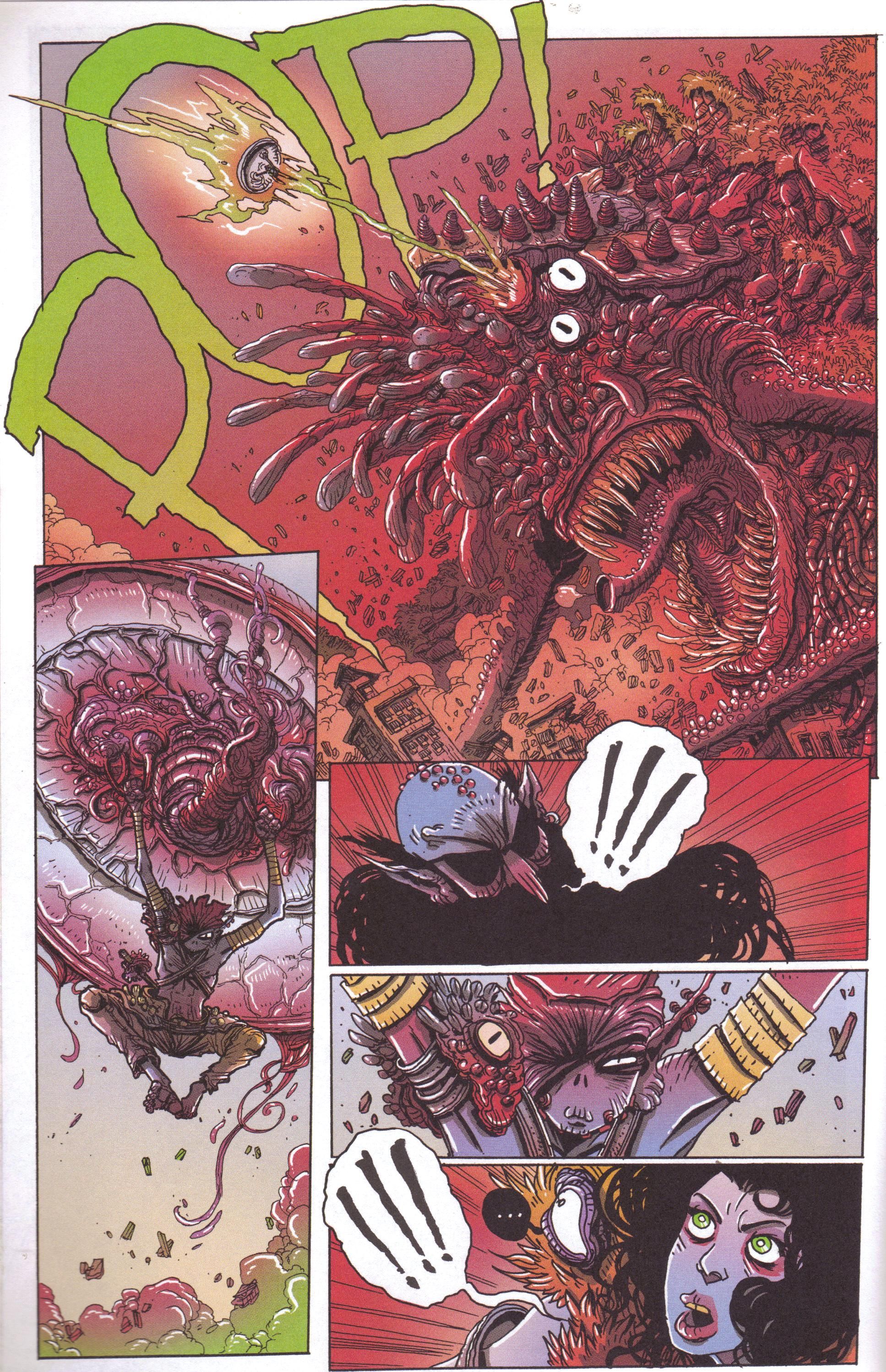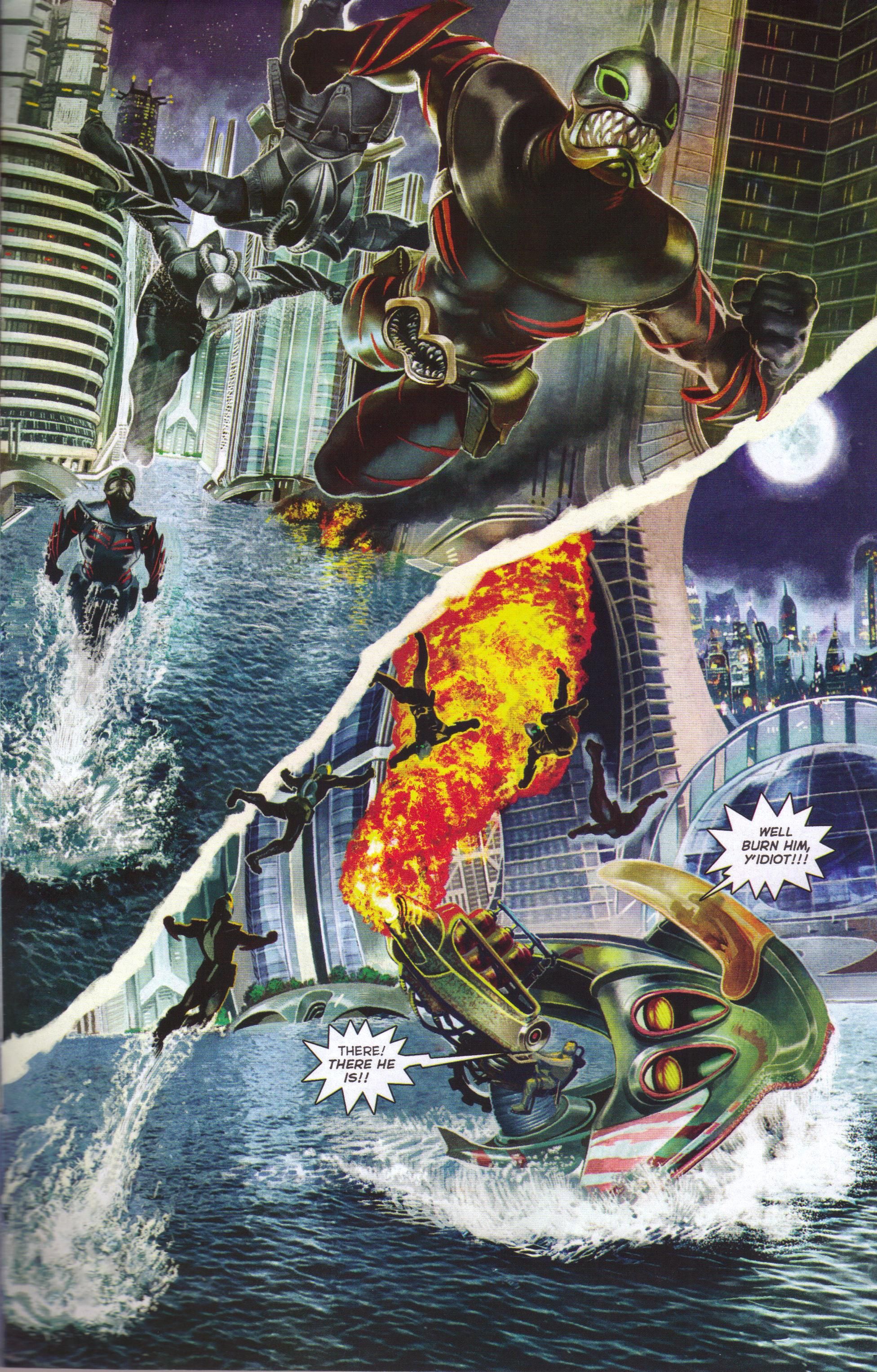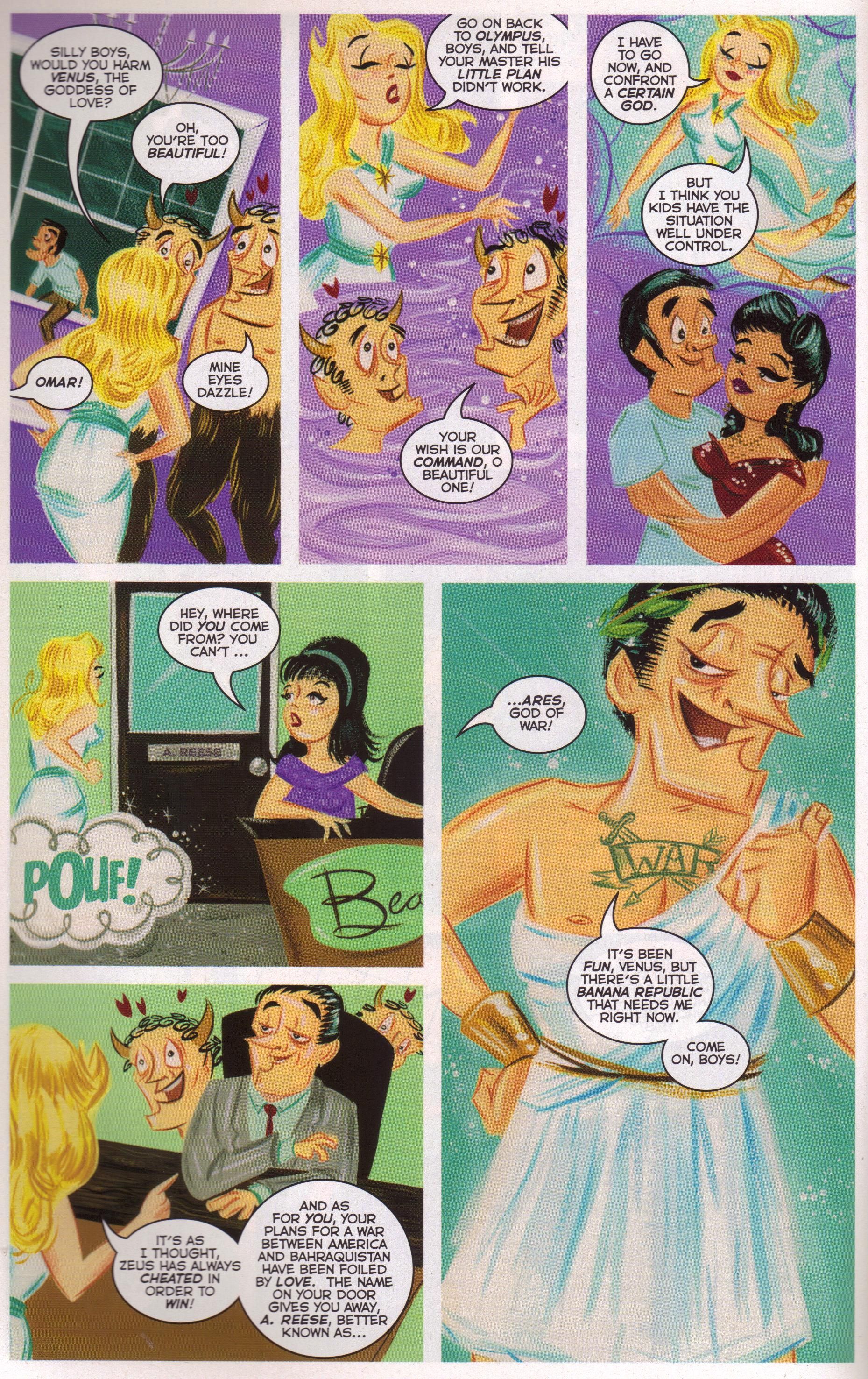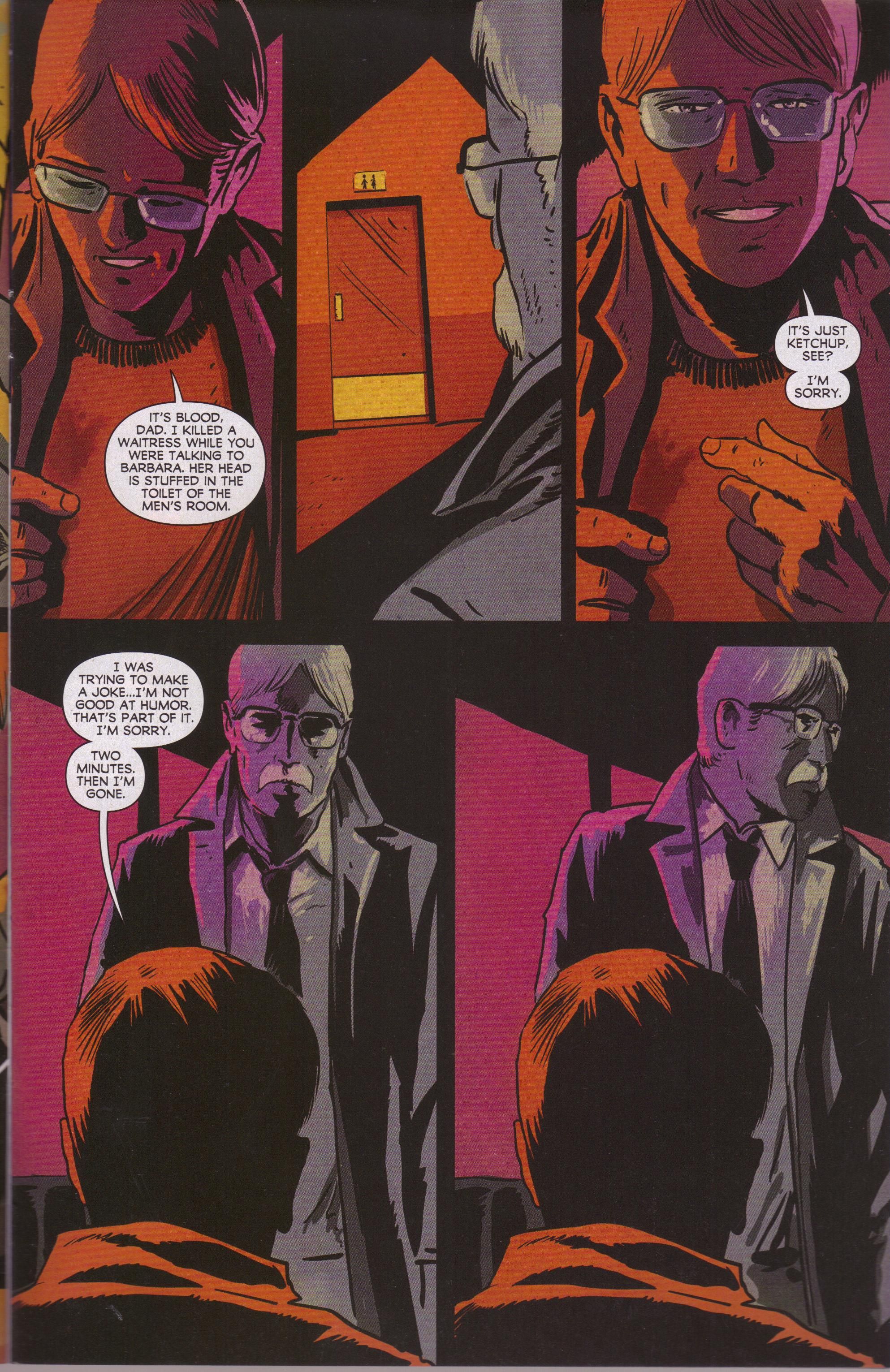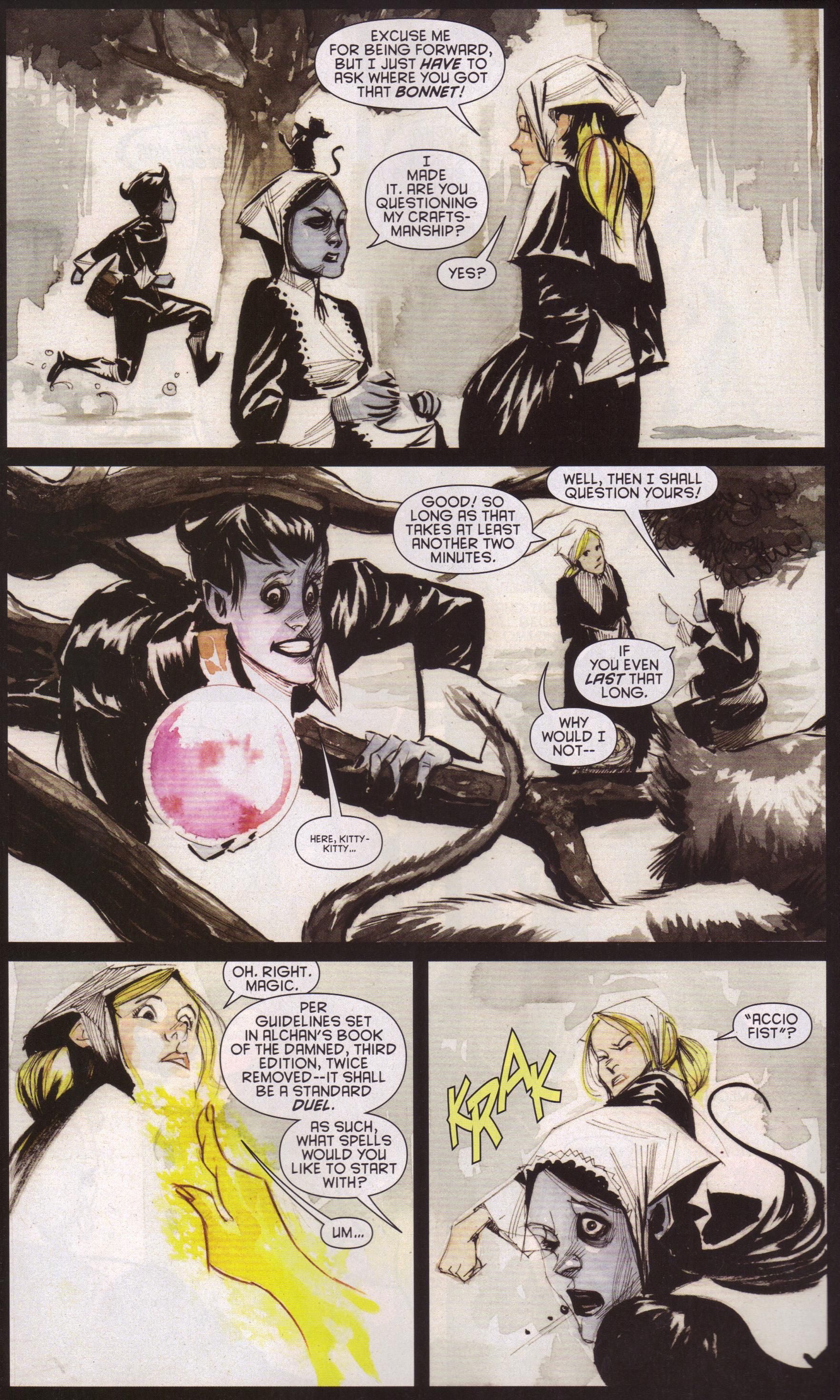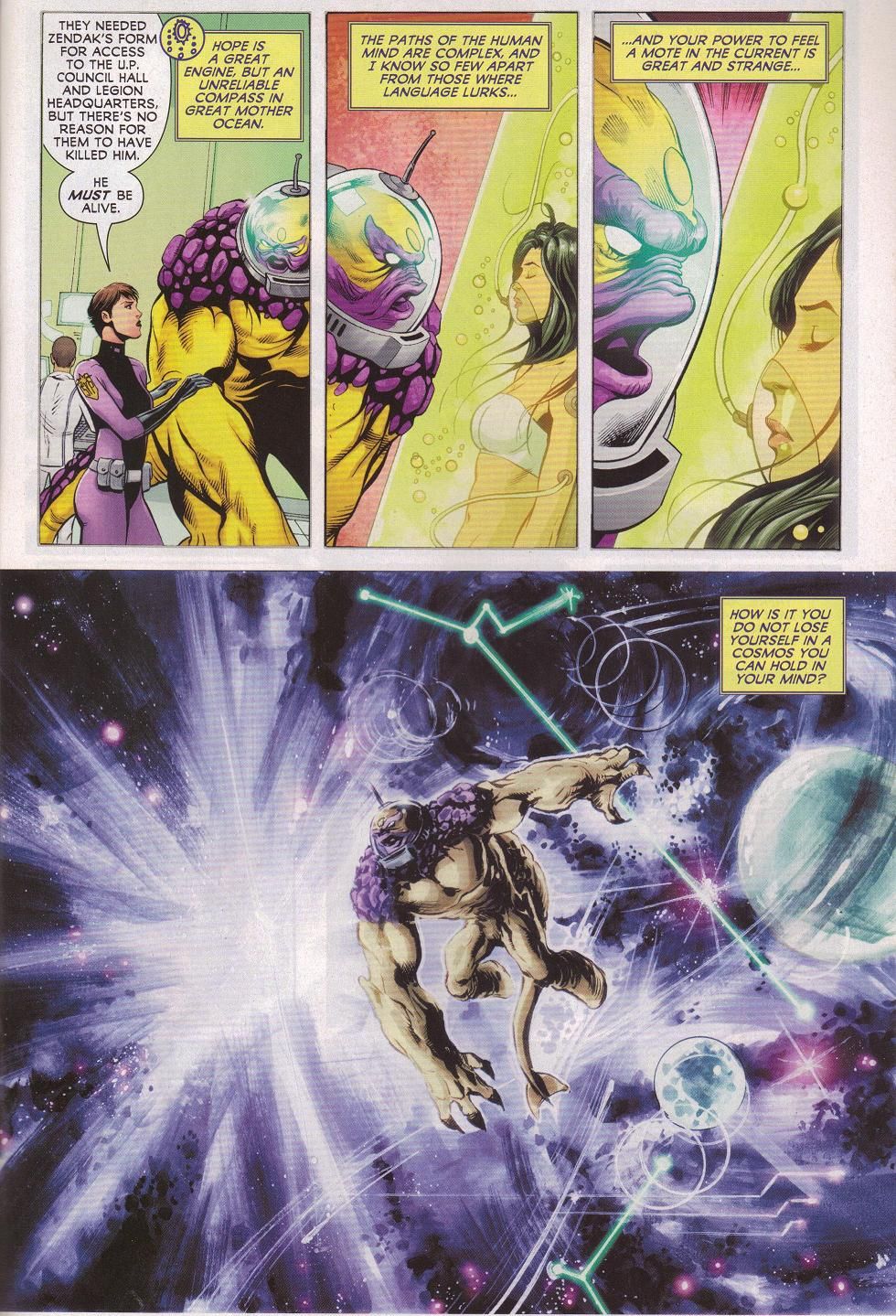I spend a lot of time coming up with provocative titles for my posts, you know! How's that one?
If you haven't noticed, I've been reading a lot of old comics recently, and it just so happens that I read Moon Knight and The New Mutants fairly close to each other, which meant I got a double-shot of Bill Sienkiewicz artwork, which is never a bad thing. It's very interesting to see the progression of Sienkiewicz's art until he reached a point where he simply got too bizarre for mainstream superhero comics, because there were several points where he could have stopped evolving and had a long career in superhero books. But he kept challenging himself and the readers, and soon he was far beyond the mainstream. But we got some very keen comics out of it while it lasted! (As always, click the images to embiggen them.)
As I mentioned in the post about The New Mutants, I'm struck by the fact that Marvel allowed Sienkiewicz to get his hands on an X-book, because the mid-1980s were when Chris Claremont was really in a groove, mutant-wise, and these books were big sellers. So someone like Sienkiewicz drawing it was a shock to many people, if the commenters on my post about the title and some of the letters Marvel published back in the day can be believed. My point is that Marvel and DC would never allow someone like Sienkiewicz near a comic like that today. It would be like letting Sienkiewicz draw Avengers Academy or Batgirl. As much as I'd love to see that, it's simply not going to happen.
(Both of these examples are from New Mutants "volume 1" #27)
Many people are okay with that. I'm not, and I'm going to tell you why (of course I am!). Superhero comics have become much more stale over the years, both in the writing and the artwork, and it is, I believe, one of the many, many reasons why they're dying on the vine.
I should make something clear, though - by "stale" I don't mean, necessarily, "bad," especially with regard to the art. The art in superhero comics is tremendous, as artists have become much better at their work, inking has become much cleaner, and coloring has leapt forward by a huge magnitude. While some readers might bemoan the lack of thought balloons and the "compressed" comics of the old days, writers have made strides, too, trusting artists to show emotion more than having characters emote vocally (or through thought balloons) and writing much better dialogue (for which we probably should thank Brian Michael Bendis, even if he tends to overdo it a bit). If you pick up a random superhero comic in 2011 and a random superhero comic from 1987 or 1974 or 1962, the modern comic will almost always look better (simply because the production values are much better, not necessarily because the art is better) and will probably read more like "literature" as well. Whether that's a good thing or not is up to you, but unless you're a hopeless nostalgist (I'm looking at you, Bill Reed, with your love of comics' scent!), I don't think you can argue that point (feel free to do so, though - we're all friends here!).
But they're still stale. It's probably for a number of reasons. Corporations tend, by their nature, to become more conservative as they get "older" - they find something that works and stick with it. The readership of superhero comics likes comfort, as if Uncanny X-Men is a pair of slippers they can put on and relax in. Marvel and DC are interested in squeezing every last penny they can out of a shrinking fan base, so they try to make all their comics similar. None of these reasons are "bad," per se, but they do tend to make writers and artists follow a template about "how to create superhero comics."
There's also the fact that the diversification of the market in the 1980s and onward means that creators can be experimental at independent publishers or even Vertigo and "go mainstream" in superheroes. There's not a lot of incentive to be absolutely bonkers in mainstream superhero comics, I will agree.
That is, unfortunately, part of the problem. Mainstream superhero comics are precisely the place to go bonkers, I would argue. This is a world populated by gorgeous people wearing spandex, possessing wild powers and fighting a lot. Marvel's attempts at "realism" notwithstanding (as John Seavey pointed out recently, all the shit that happens in one year of Marvel time would cause massive psychological damage among the "normal" human population of the Marvel U.), the superhero universes are unbelievably crazy fucking places, and far too few writers and artists embrace that. I have nothing against making superheroes "realistic," but that has become the norm, and it takes away from the glorious possibilities of the genre and the medium. For every comic that is truly batshit insane, there are dozens that are "realistic" and dozens more that think "batshit insane" means Nazi ninja vampires. Yawn. Wake me when you get an original idea.
"But Greg," you say, because you enjoy talking to a computer screen, "artists don't all look alike! Why, there's your Steve Eptings and your John Romitas and your Stuart Immonens and your Yildiray Cinars and your David Finches and your Yanick Paquettes and your Salvador Larrocas and none of them look particularly alike. Have you been smoking the crack again, you superhero-hating godless Commie?" Well, you might say that. But you would be foolish! You see, I'm not talking about art styles - I agree, artists these days have many different styles, and even Marvel, which seems to have more of a "house style" than DC, embraces many different kinds of draughtsmen (and very few women). Art styles come and go. I'm talking about experimentation within the styles. Panel layouts. Panel placements. Perspective. Color. Distortion. Different media. Different implements. Changing styles to change tone. These things still occur, but they occur so infrequently and almost arbitrarily that it's as if the artists do some things by accident. There's a lack of boldness in the way comics are designed, and all of these people are talented enough to do things differently. It's frustrating that they don't.
I see you're still not convinced. Well, take a look at the panels of your favorite superhero comics. Peruse Gavok's "This Week in Panels" posts over at 4thletter! Check out the panels I scan every week. There is a lot of good art on display, I must say.
But a lot of it is still normal-looking superheroes doing normal superhero things, and while there's nothing wrong with that, there's also a lot that could be done with superhero books that artists are simply ignoring. There's very little in superhero comics that makes one gasp these days, except for perhaps at the technical ability of someone like, say, Tony Moore to draw really fucking well. On one level, that's great, but it still feels a bit hollow, as if someone like Tony Moore could really expand the way we look at superhero comics, except no one's asking him to.
It wasn't always this way. Of course, superhero comics have mainly been bland in terms of innovation and a great deal of the experimentation in comics was done by independent creators. But the very fact that Marvel was not the "establishment" back when it decided to stop publishing romance comics and jump back into the superhero fray in the early 1960s meant that the creators at Marvel had a bit more free rein to go nuts. Once DC saw that it sold, they too allowed their creators to go a bit nuts. So we got Kirby. We got Ditko. We got Steranko. We got Starlin. We got a bunch of creators who were willing to go further than their predecessors had gone, challenging themselves and their readership to keep up. Mostly, of course, it didn't work. Books got cancelled, DC imploded, and everyone retreated. Then we got Alan Moore and later, Morrison. And we got the Image guys - who, as much as they might get berated today, once again forced readers to adapt to their style. We got Sienkiewicz and his artistic imitators (most of whom have never worked on superhero books). We got Frank Quitely and his astonishing panels in We3, which everyone seems to love but no one copied (or at least used as inspiration for their own innovations). All of these creators, whether successful or not, forced readers to deal with a new way of reading and processing comics. Their contributions have been co-opted by the mainstream and refined. I don't mind that in the least - in fact, I celebrate it. But that doesn't mean today's creators shouldn't figure out ways to push the envelope in their own ways.
(From Superman's Pal, Jimmy Olsen #135)
(From Strange Tales #166)
(From Captain Marvel #28)
(From Spider-Man #1)
(From We3 #2)
If we look outside the mainstream, we see plenty of artists having a lot of fun and going a bit nuts. Artists are stretching perspective, annihilating panels, twisting point-of-view, coloring the pencils in exciting ways, experimenting with different kinds of pencils and brushes, and we get some absolutely dazzling comics. We get artists who are obsessively detailed and artists who are wildly abstract. We have artists whose work looks like it flies through the pages and artists whose work looks like monolithic sculptures. What's frustrating is that so many of these artists could work on superhero books - not every "independent" artist can work on superheroes, I admit, but many can. But because their work is a bit "different," they never get a look. That's a shame, because they could easily infuse superhero comics with the same energy that a Steranko or a Sienkiewicz brought to them. It's definitely harder for a writer to be as flashy as an artist, but it would be nice if a writer challenged the readers the way a Morrison still can (when he wants to). The fact that very few writers have tried to do what Joe Casey did in the final issue of Codeflesh is kind of sad.
Readers react against this kind of thing, because most readers prefer the familiar in their superhero comics. I've mentioned before that the guy who works at my comics shoppe, who reads a LOT of small press books, absolutely hated Girl Comics and Strange Tales because he doesn't think many of those artists can draw superhero comics very well. That's too bad, but it's not an uncommon belief. I'm not advocating that Marvel and DC suddenly hire Ben Templesmith to draw Green Lantern or Avengers (well, I am, but I know it's never going to happen). It's the smaller titles that bother me. Did anyone at DC really think that the latest iteration of Doom Patrol was going to sell like crazy? And when the sales started to slip, did they really think keeping a fairly bland superheroey artist like Matthew Clark on the book would help? Why on earth didn't someone at DC say "Fuck it. Let's hire Tom Scioli to draw the final five issues"? I know it's a different time and all, but back when DC hired Grant Morrison to write DP, they didn't keep Graham Nolan on art (and I really like Graham Nolan, mind you). They brought in Richard Case, whose weird style matched Morrison perfectly. The new Doom Patrol was doomed anyway (ha!), so why keep Clark and Ron Randall on the book? Go nuts, DC! Even a book on life support these days can't stray too far outside the mainstream. I absolutely loathe the final few issues of the early 1990s Moon Knight book, but whoever was hiring back then deserves credit for letting Stephen Platt go batshit insane:
(From Moon Knight "volume 3" #55)
Marvel and DC are desperate to sell comics, but they do nothing to make the comics sell better. Our very own 3 Chicks talk about this all the time with regard to finding new audiences, but I'm coming at it from a slightly different perspective. Yes, the Big Two should figure out how to get a bigger audience. One way I think they can do that is to allow some of their superhero comics to, you know, actually look different. I mean, Namor: The First Mutant is selling like shit, so why not let hire James Stokoe to draw a few issues? Would it really do any poorer with him than with Ariel Olivetti? Sales on Superman are dropping like a fucking stone, so why not call up Steve Pugh and his paintbrush to come in and shake things up? Titans is not only selling poorly, it's a terrible comic, so bring in Stephanie Buscema and tell her to go nuts on it. If you look at The Beat's sales numbers (not an exact science, I know), you see so many books that ought to be cancelled it's just sad (including very good comics that I read, but this isn't about quality, it's about numbers). I very much doubt letting some wacky, brilliant artist draw some issues would matter, but at this point, it wouldn't fucking hurt, you know? (Of course, some of these creators wouldn't want to work on those books, and that's cool. I certainly love the fact that a lot of artists choose to stay in independent comics these days. I'm looking at this from a business perspective, which is always a bit iffy when we're talking about the people who run DC and Marvel.)
(From Orc Stain #6)
(From Shark-Man #3)
(From Girl Comics #1)
My sadness with mainstream comics extends to coloring, too. Coloring has become much, much better over the decades, and comics today are far brighter and good-looking than they've ever been. But colorists are also fairly predictable, and it all has to do with "realism." Colorists are artists as much as pencillers and inkers are, and they have a great influence over the way the final product looks. One reason why the past few issues of Detective Comics have been so good is because Francesco Francavilla colors the books so well - the coloring is not "realistic" at all, but Francavilla uses blues and reds (and a combination of the two) to set the tone of the comic, and it works beautifully. Consider Dustin Nguyen, who's a wonderful artist but becomes even more astonishing when he paints his own pencil work, like he did in Batgirl #18. And to be fair to Yildiray Cinar (whom I mentioned above), in Legion of Super Heroes #9, he and the colorist, "Hi-Fi," do a marvelous job transitioning from "normal" pencil work to a more painted look. Lots of artists color their own work in independent books, but when they reach the mainstream, I assume it's too time-consuming for most of them. Perhaps the division of labor means that colorists who didn't actually draw the comic are scared of stepping on toes and "ruining" the vision of the penciller. More likely, the Big Two encourage colorists to color the books so that they look "realistic," which is of course ridiculous when we're talking about superhero books. Colorists should be encouraged to use their colors to create moods and contrast characters. The best ones do this subtly, which is nice, but it would be nice to see colorists go a bit wild too.
(From Detective #874)
(From Batgirl #18)
(From Legion of Super Heroes #9)
I still love superhero comics, even though I have lots of problems with them. It seems like superhero comics just aren't doing what they could, and in a comics world that is losing readership, I wonder why companies aren't encouraging at least a bit more experimentation with them. Instead of endlessly cancelling and relaunching comics, why not try something different? If that means listening to Kelly Thompson and her co-conspirators, fine. I have no problem with that. My idea is just something different, but it's still different from what we're getting. As usual, I have no idea how the Big Two make decisions about what gets greenlit and why certain titles keep getting published or not, but if you look at raw numbers and even anecdotal evidence, it's obvious that DC and Marvel need to find new audiences. If they don't want to get new readers, at least they could try to lure back the vast number of readers who have abandoned superhero comics for whatever reason. This is only one way they could. It might not work, but hey! whatever they're doing now certainly isn't working, either!

